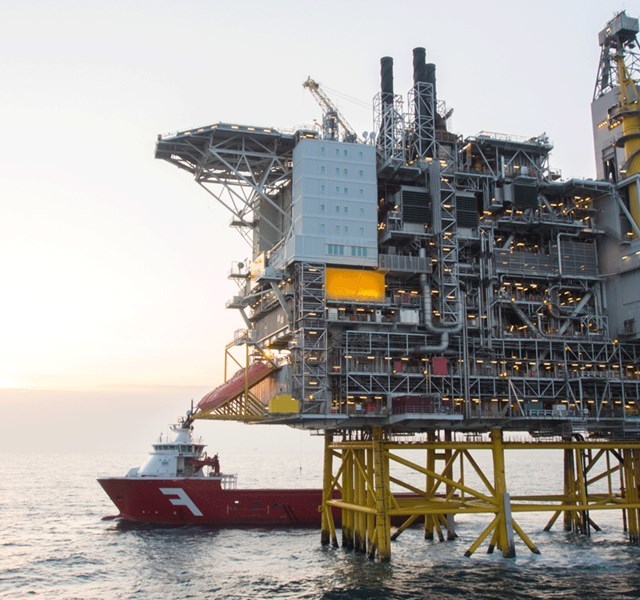
At a time when the oil price is languishing at its lowest level in six years, producers need to find half a trillion dollars to repay debt. Some might not make it.
The number of oil and gas company bonds with yields of 10 percent or more, a sign of distress, tripled in the past year, leaving 168 firms in North America, Europe and Asia holding this debt, data compiled by Bloomberg show. The ratio of net debt to earnings is the highest in two decades.
If oil stays at about $40 a barrel, the shakeout could be profound, according to Kimberley Wood, a partner for oil mergers and acquisitions at Norton Rose Fulbright LLP in London. West Texas Intermediate crude was up 2.3 percent at $39.47 a barrel at 1:43 p.m. in Singapore.
“The look and shape of the oil industry would likely change over the next five to 10 years as companies emerge from this,” Wood said. “If oil prices stay at these levels, the number of bankruptcies and distress deals will undoubtedly increase.”
Debt repayments will increase for the rest of the decade, with $72 billion maturing this year, about $85 billion in 2016 and $129 billion in 2017, according to BMI Research. A total of about $550 billion in bonds and loans are due for repayment over the next five years.
U.S. drillers account for 20 percent of the debt due in 2015, Chinese companies rank second with 12 percent and U.K. producers represent 9 percent.
In the U.S., the number of bonds yielding greater than 10 percent has increased more than fourfold to 80 over the past year, according to data compiled by Bloomberg. Twenty-six European oil companies have bonds in that category, including Gulf Keystone Petroleum Ltd. and Enquest Plc.
Pressure Builds
Gulf Keystone can “satisfy all its obligations to both its contractors and creditors” after authorities in Kurdistan, where the company operates, committed to making monthly payments from September, Chief Financial Officer Sami Zouari said in an e- mail.
An EnQuest spokesman declined to comment.
Slumping crude prices are diminishing the value of oil reserves and reducing borrowing power, even as pressure builds to find replacement fields.
Some earnings metrics are already breaching the lows of the 2008 financial crisis. The profit margin for the 108-member MSCI World Energy Sector Index, which includes Exxon Mobil Corp. and Chevron Corp., is the lowest since at least 1995, the earliest for when data is available.
“There are several credits which simply won’t be able to refinance and extend maturities and they may need to raise additional equity,” said Eirik Rohmesmo, a credit analyst at Clarksons Platou Securities AS in Oslo. “The question is: would they be able to do that with debt at these levels?”
Credit Ratings
Some U.S. producers gained breathing space by leveraging their low-cost assets to raise funds earlier this year and repay debt, Goldman Sachs Group Inc. wrote in a Aug. 6 report. This helped companies shore up their capital and reduce debt- servicing costs.
That may no longer be an option because energy companies have been the worst performers in the past year among 10 industry groups in the MSCI World Index.
Credit-rating downgrades are putting additional strain on the ability of oil companies to raise money cheaply. Standard & Poor’s cut the rating of Eni SpA, Italy’s biggest oil company, in April, while Moody’s Investors Service downgraded Tullow Oil Plc’s debt in March.
Spokesmen for Eni and Tullow declined to comment.
The biggest companies, with global portfolios that span oil fields to refineries, will probably emerge largely intact from the slump, Norton Rose’s Wood said. Smaller players, dependent on fewer assets, could have problems, she said.
“Clearly, those companies with debt to pay will have one eye firmly on oil prices,” said Christopher Haines, a senior oil and gas analyst at BMI in London. “With revenues collapsing and debt soon to mature, a growing number of companies may find themselves unable to meet repayment schedules.”